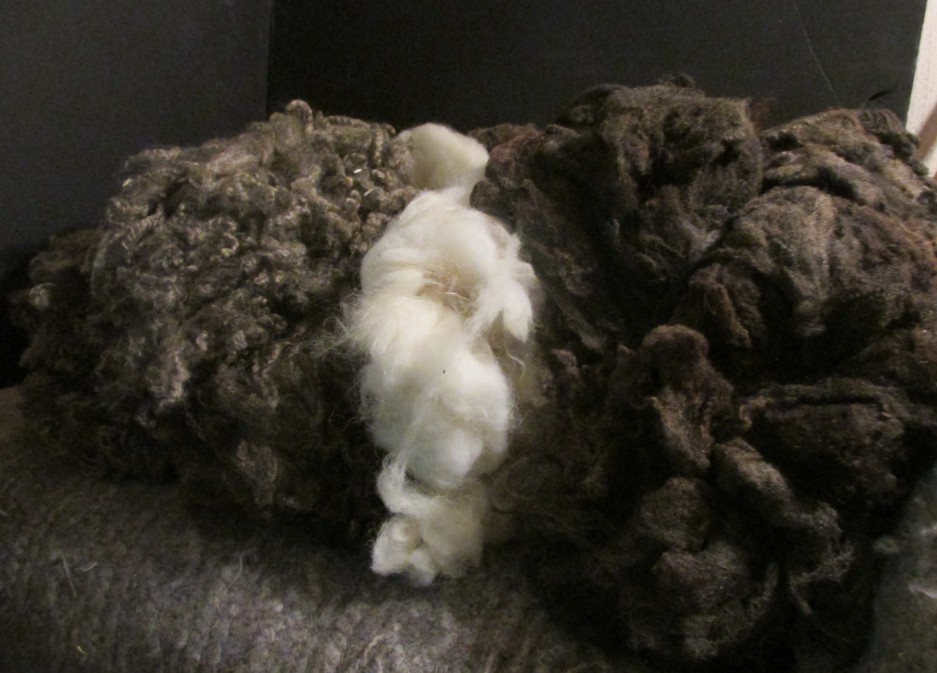NEWS FROM SHEEP 7 SHAWL
Sunday talks for February
Feb. 4th
Susan Wright Weaving with knitting Yarns
Feb. 11
Kristen Whittie Running a Sheep Farm
Feb. 18 Peggy Hart Wool in America 1780-1840
Feb 25 Steve Prudy Nunoa ad the Alpacas of the
Alt Plano
Call to register as there is limited seating. 413-397-3680
This is a free event, refreshments wil be provided 1:00 to 3:00 pm
Dyeing with cochineal.
Cochineal, Dactylopius coccus is a scale insect which has its life cycle on nopal, or Opuntia cactus. It is cultivated on this cactus. The insects have piercing mouth parts, which they use to puncture the cactus paddles thereby allowing them to take in the cactus juice on which they feed. One can visit Cochineal farms, for instance in Oaxaca in Mexico. There one is able to see the live insects in all stages of life living and thriving on the Opuntia cactus plants.
The adult and nymphal scale insect is filled with a red pigment, carminic acid, which has been used over time to color lipstick, foods and drinks, and fiber and fabric. Carmine is the color name.
We as fiber practitioners are able to purchase the whole dried insect bodies, ground insect bodies, or an intense extract.
One of the interesting aspects of this dyestuff is that using distilled water results in much darker and richer colors. Using tap water or well water means that results can be unpredictable (pale colors, often, in my case). I highly recommend doing a series of experiments with a variety of water available to you when dyeing with cochineal, and especially using distilled water. Cochineal in the dyebath is temperature sensitive and also pH sensitive. And as always, keep meticulous notes either on hang tags on your samples or in a notebook.
One aspect of cochineal is that it can be used as a substantive dye, thus with no mordant. This is how I tend to use this insect. The resulting color for me is a very saturated, rich and deep magenta. I am quite satisfied with this simple and very slow approach to dyeing with cochineal. A slow and gentle simmer on a very low fire is desirable, because higher temperatures shift the color away from the purple.
Typically dyers use cochineal as an adjective dye, in other words with a mordant to aid in the color binding to fiber. I have used this method, as I am sure many of you have. Aluminum sulfate is the common mordant fiber artists use for protein based fibers, such as wool and silk; aluminum acetate is the molecule used for cellulosic fibers such as linen and cotton.
I like to let the dyed fiber rest and cool in the dyebath for at least twelve hours after a simmer.
Another insect based red dye was used in the Near East and parts nearby. It is also called carmine, but from the kermes insect, species name Kermes vermilio. This insect has its life cycle on oak trees. Literature states that it is not lightfast, though its use was widespread in antiquity. I have no personal experience with Kermes, though I have long been curious about it
Thank you Lisa Bertoldi for this interesting information about Cochineal. I for one am looking forward to dyeing with it at our annual dye party.

